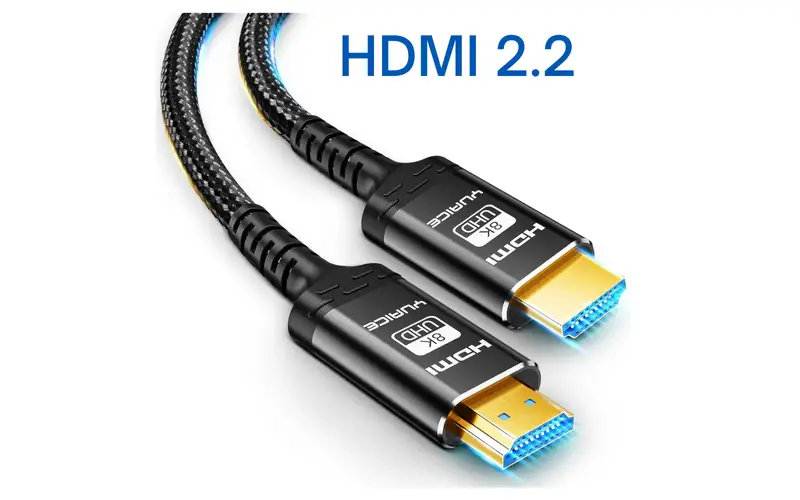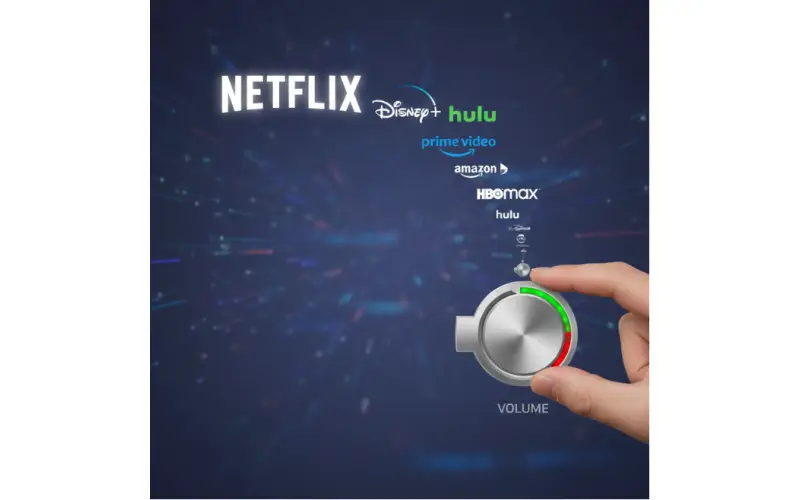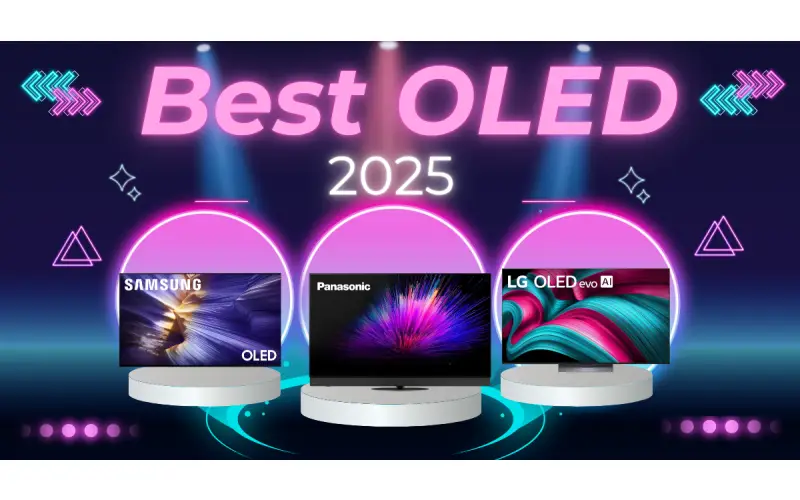By: Dipin Sehdev
With CES 2025 approaching, rumors of HDMI 2.2's imminent arrival have begun to circulate. This next-generation standard is expected to elevate the visual and auditory experience, particularly for gamers and tech enthusiasts.
A Brief History of HDMI
To fully appreciate the significance of HDMI 2.2, it's helpful to understand the evolution of the HDMI standard.
- HDMI 1.0 (2002): The original standard, introduced in 2002, supported resolutions up to 1080p and 8-channel audio.
- HDMI 1.4 (2009): This version brought significant improvements, including support for 3D video, 4K resolution at 30Hz, and faster data transfer rates.
- HDMI 2.0 (2013): Building on the foundation of 1.4, 2.0 introduced support for 4K resolution at 60Hz, HDR, and higher refresh rates.
- HDMI 2.1 (2017): This major revision introduced 48Gbps bandwidth, enabling 8K resolution at 60Hz, variable refresh rate (VRR), and automatic low-latency mode (ALLM).
HDMI 2.2: The Next Frontier
HDMI 2.2 is expected to push the boundaries even further, offering higher bandwidth, increased resolution, and faster refresh rates. While specific details are still emerging, we can anticipate the following:
- Higher Bandwidth: The increased bandwidth will allow for smoother and more detailed visuals, especially in high-resolution and high-frame-rate content.
- Increased Resolution: HDMI 2.2 is likely to support even higher resolutions, potentially reaching 8K or even beyond, providing an immersive viewing experience.
- Faster Refresh Rates: Higher refresh rates will lead to smoother gameplay and reduced input lag, making it a boon for gamers.
- Enhanced HDR: Advanced HDR capabilities will deliver richer colors, deeper blacks, and brighter whites, resulting in more realistic and vibrant images.
The Gaming Advantage
While HDMI 2.2 will benefit a wide range of devices, it's particularly exciting for gamers. With higher resolutions, faster refresh rates, and improved HDR, gamers can expect:
- Immersive Visual Experiences: High-resolution gaming at high frame rates will create stunning and lifelike visuals.
- Reduced Input Lag: Lower latency will lead to more responsive gameplay, giving gamers a competitive edge.
- Enhanced HDR: HDR gaming will bring games to life with vibrant colors and deeper contrast.
The USB-C Alternative
While HDMI 2.2 promises significant advancements, it's worth considering the potential of USB-C as a universal connectivity standard. USB-C offers several advantages over traditional HDMI, including:
- Versatility: USB-C can handle a wide range of data transfer, power delivery, and video output needs.
- Compact Design: The small and reversible USB-C connector is more convenient and future-proof.
- Higher Bandwidth: USB-C can support high-bandwidth applications like 8K video and fast data transfer.
However, the widespread adoption of USB-C for video output is likely to take time, as the industry needs to standardize protocols and ensure compatibility across different devices.
The Road Ahead
While HDMI 2.2 represents a step forward, it's important to remember that it will take time for the new standard to become widely adopted. Manufacturers will need to update their devices to support the new features, and consumers may need to invest in new cables and adapters.
HDMI 2.2 could revolutionize how we experience multimedia content, particularly for gamers. However, the future of connectivity may lie in the versatility and convenience of USB-C. As technology continues to evolve, it's likely that we'll see a gradual shift towards a more unified and streamlined approach to device connectivity.





